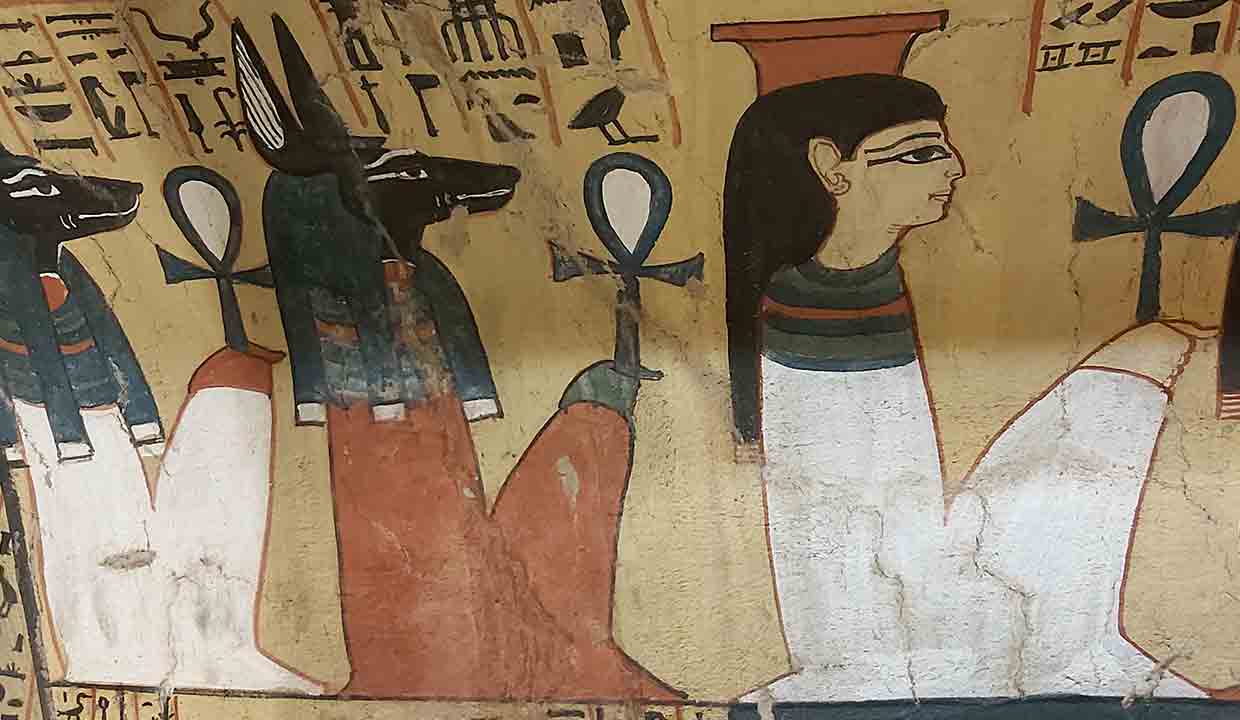Explore Deir el-Medina, the well-preserved artisan village of ancient Egypt. Gain unique insights into the craftsmen behind royal tombs.
Introduction
Deir el-Medina, also known as Dayr al-Madīnah, is an extraordinary archaeological site located on the west bank of the Nile, opposite the modern city of Luxor. This ancient Egyptian workmen’s village is unique for its well-preserved state and the rich insight it provides into the lives of the artisans who crafted the majestic tombs in the Valley of the Kings from the 18th to the 20th Dynasties.
Historical Context
The village was primarily inhabited by skilled workmen and their families, who were responsible for constructing and decorating the royal tombs. Their work spanned several generations and dynasties, creating a community deeply integrated into the religious and social fabric of ancient Egypt.
Architectural Insights
Unlike the grand temples and pyramids constructed for the pharaohs, the homes in Deir el-Medina were modest but functional. Constructed mostly from mudbrick, the village consisted of small houses, workshops, and communal areas. However, the simplicity of the residential architecture stands in stark contrast to the complex designs the artisans executed in the tombs they worked on.
Social and Religious Life
The community was highly literate, with evidence of schooling and a vast array of written documents that have been unearthed, including letters, legal texts, and literary works. The village also had a temple dedicated to Hathor, the goddess of miners and artisans, emphasizing the spiritual aspect of their daily life.
Economic Aspects
Deir el-Medina was essentially a state-sponsored project. The artisans were paid with food and supplies, which were distributed from a central storage facility. Although they worked for the state, the residents had some degree of economic freedom—they engaged in trade, held property, and even took part-time jobs during the flooding season when construction work was halted.
Preservation and Tourism
Today, Deir el-Medina is a UNESCO World Heritage site and a significant destination for anyone interested in ancient Egyptian culture and history. It provides an unparalleled glimpse into the daily life of common people who contributed to creating some of Egypt’s most famous historical monuments.
Conclusion
Deir el-Medina offers a unique perspective on ancient Egyptian life, giving voice to the often-overlooked community of artisans and workmen. While the pharaohs and their grand tombs usually capture the headlines, this village allows us to appreciate the people who made those monumental projects possible. It serves as an incredible testament to the intricacies of ancient Egyptian society, its economic structure, and its artistic achievements.
Opinion: Deir el-Medina is a treasure trove for historians, anthropologists, and tourists alike. It serves as an intimate window into the lives of the people who built some of the most iconic monuments in human history. This makes the site not just an archaeological wonder, but also a human heritage site that provides a nuanced view of everyday life in ancient Egypt.
